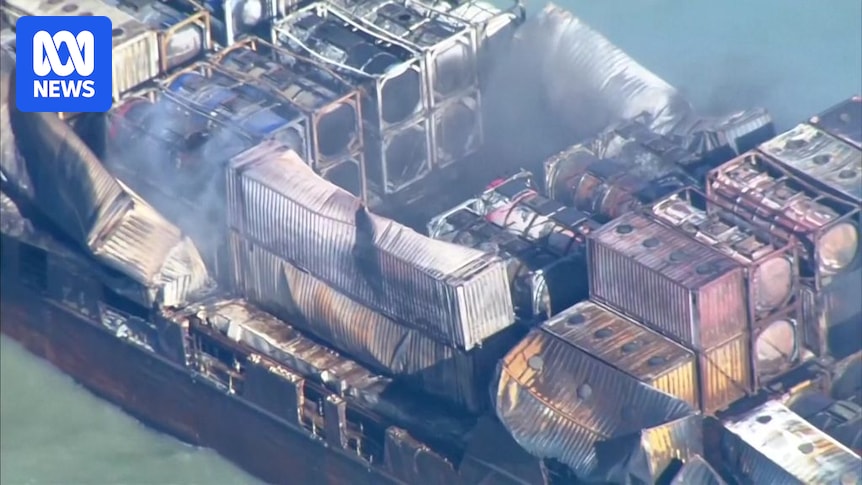Leave No Trace: The Hiker's Guide to Responsible Wilderness Bathroom Etiquette

Nature's Call: When Wilderness Meets Urgent Needs
For the 63 million adventurous Americans who laced up their hiking boots last year, a common challenge lurks beyond scenic trails and breathtaking vistas: the sudden, urgent need for a bathroom when none is in sight. But this isn't just about momentary discomfort—it's a significant outdoor experience issue that hikers and nature enthusiasts frequently encounter.
When you're miles from the nearest restroom, surrounded by nothing but trees and wilderness, the lack of proper facilities becomes more than just a personal inconvenience. It raises important questions about outdoor etiquette, environmental impact, and personal preparedness. How do hikers responsibly manage their most basic bodily needs while preserving the natural beauty they've come to enjoy?
The absence of convenient restroom facilities can transform a peaceful hiking adventure into a moment of anxiety and potential environmental concern. Proper waste management isn't just about personal comfort—it's about respecting the ecosystem and ensuring that our outdoor experiences remain sustainable and enjoyable for everyone.








